Super Typhoon Mawar had maximum sustained winds of 155 km/h and gusts of up to 190 km/h when it made landfall in the Philippines. Current forecasts show the storm moving northeastward by mid-week, affecting the Taiwan Strait, parts of China and southern Japan, but not entering the South China Sea.
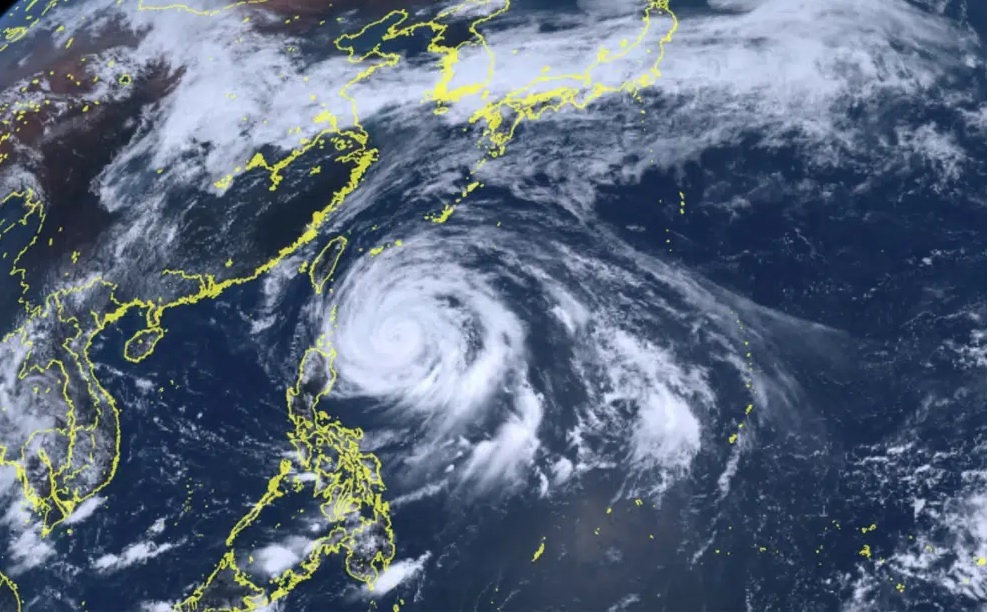
Satellite images show Typhoon Mawar approaching northern provinces of the Philippines on Monday, May 29, 2023. Photo: NICT
Philippine authorities have warned of dangerous storm surges, flash floods and landslides as it sweeps through Cagayan and the northernmost province of Batanes from Tuesday to Wednesday. Strong winds battered villages in eastern Cagayan on Monday, forcing many villagers to move to evacuation centers.
Nearly 5,000 people have sought shelter in Cagayan, Batanes and other provinces, said Assistant Secretary Raffy Alejandro of the Philippine Office of Civil Defense. He said the number is expected to rise.
Typhoon Mawar devastated Guam last week as the strongest storm to hit the US Pacific territory in more than two decades, flipping cars, ripping roofs off homes and knocking out power.
Philippine officials said the military, police, firefighters and volunteer groups were on standby for search and rescue operations and more than a million food packs had been prepared for any emergency.
While the storm is threatening mostly northern Philippine provinces, forecasters said it could bring increased rain and wind to other areas further south, including the capital Manila.
About 20 typhoons a year hit the Philippines, which also sits on seismic faults with volcanic eruptions and earthquakes, making the Southeast Asian nation one of the world's most disaster-prone.
In November 2013, Typhoon Haiyan left more than 7,300 people dead or missing, leveled entire villages, swept away ships, destroyed millions of homes and displaced more than 5 million people in an impoverished region of the central Philippines.
Hoang Anh (according to AP)
Source




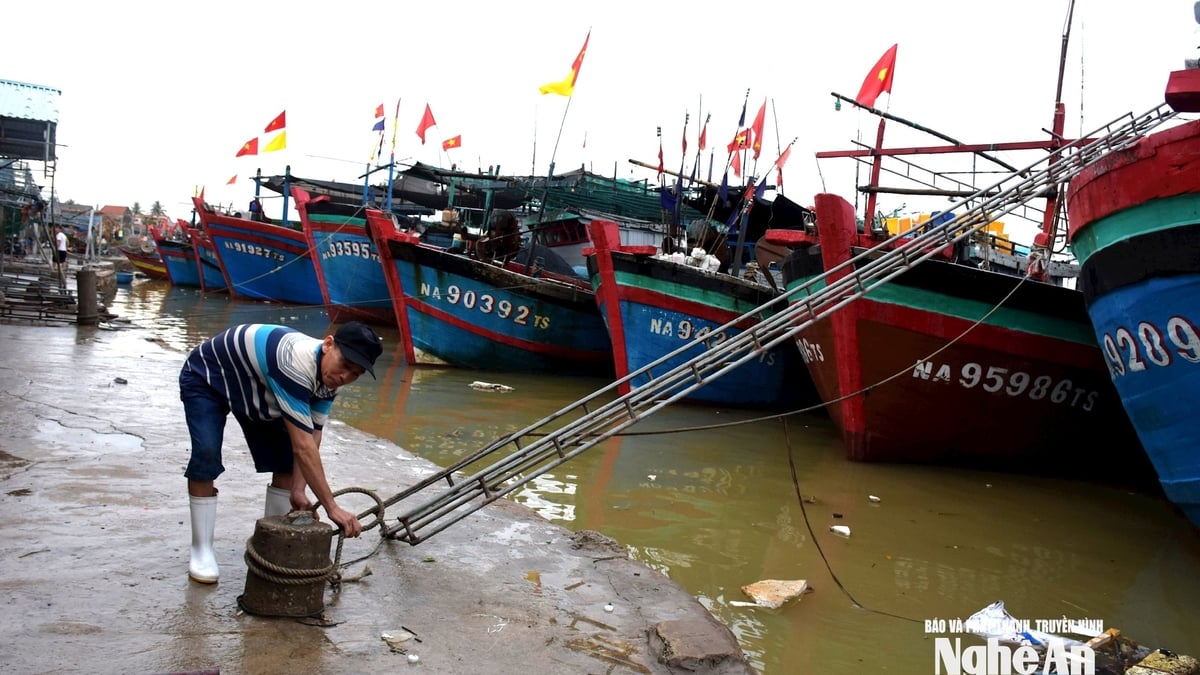




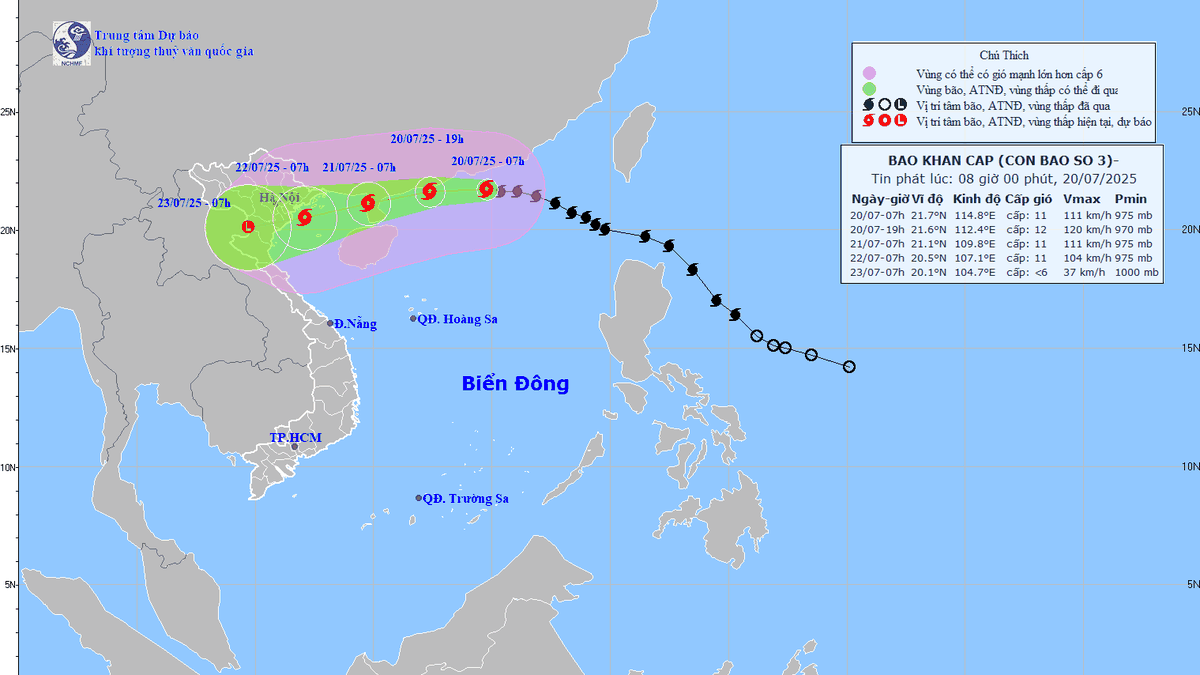

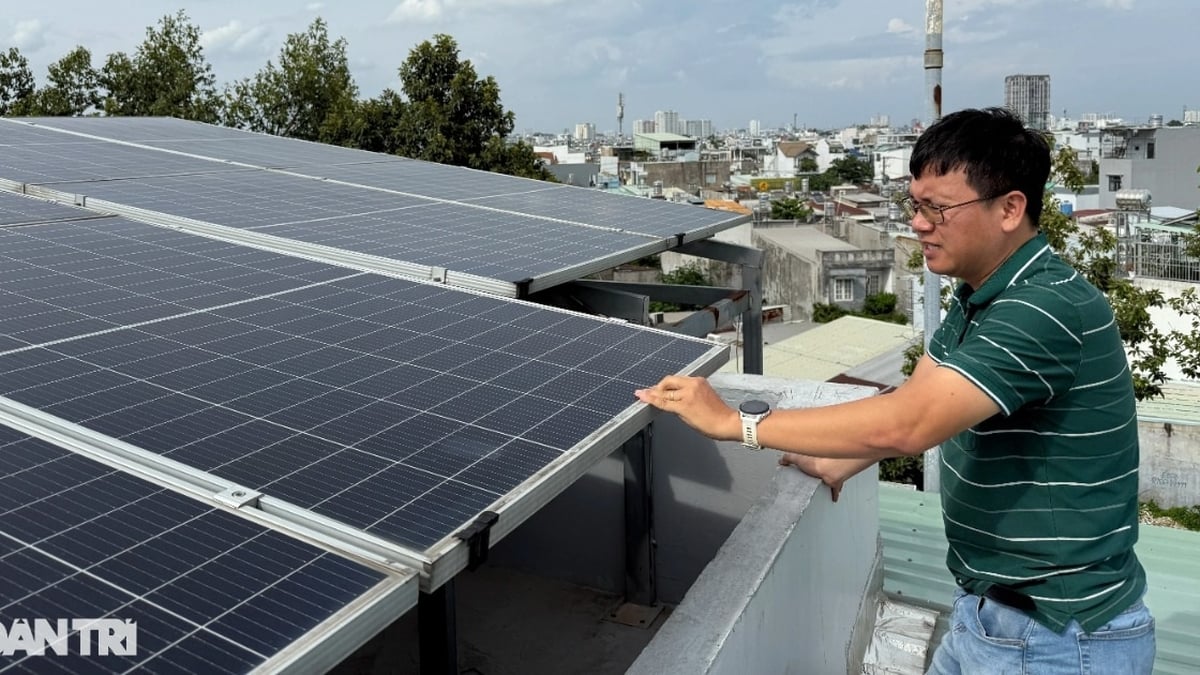






















































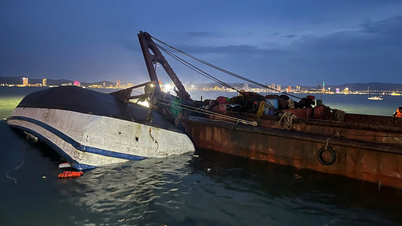

































Comment (0)